Our Blog
Enhance Your Fitness Knowledge
Read Mad Farmer Fitness' blogs to learn about the latest fitness and gym news.

By Caitlin Green
•
October 22, 2024
I believe that the importance of nutrition is widely, although certainly not universally, acknowledged. Whether your goal is to lose weight, build muscle, improve athletic performance, or simply feel better, most people understand that the food you eat plays a critical role. However, with the abundance of information available online, much of it contradictory, figuring out what works best for you can be overwhelming. This, among other places, is where a nutrition coach can make a world of difference. Here are some specific examples of how a nutrition coach can help you get the most success from your nutrition:
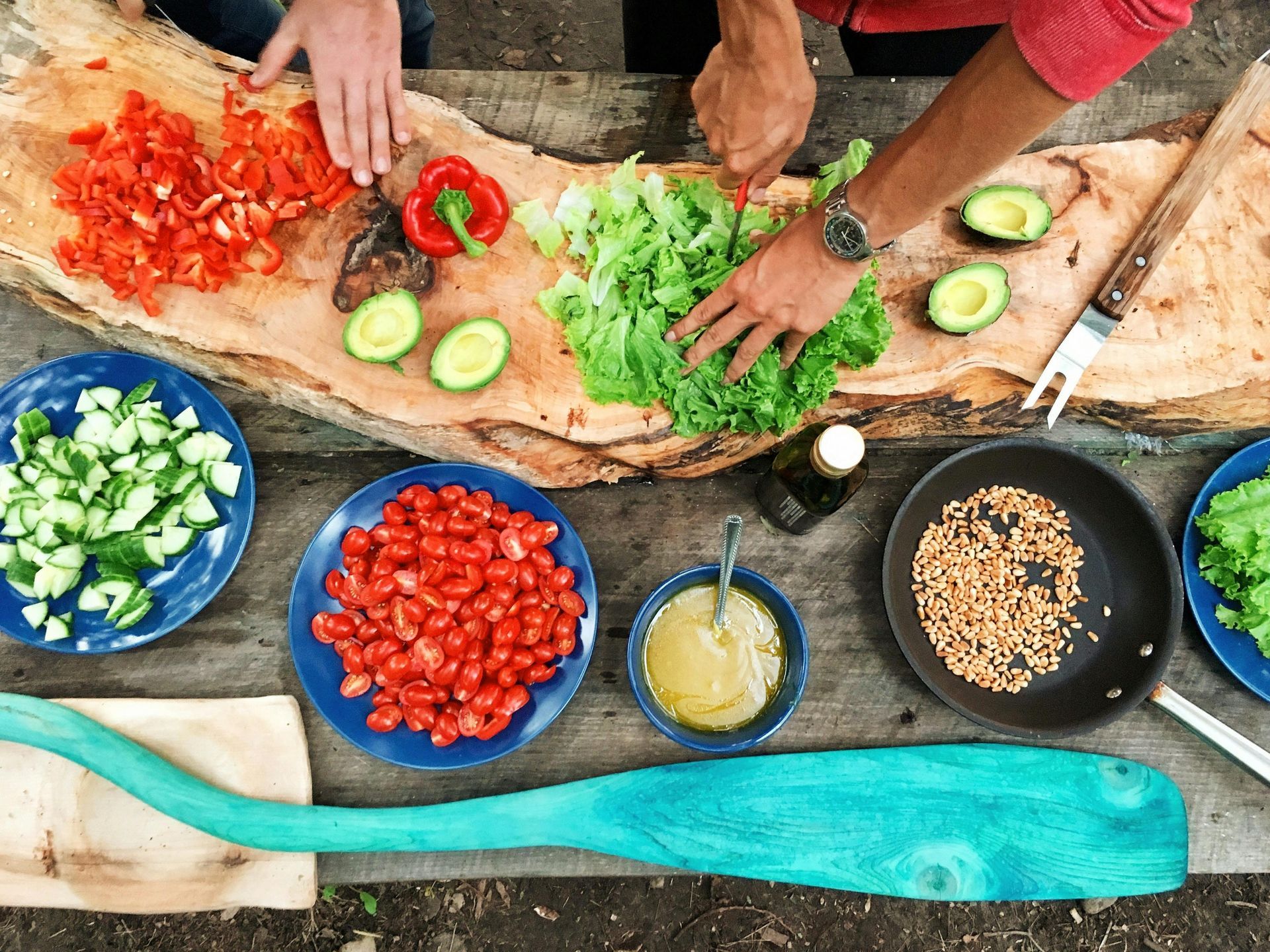
By Caitlin Green
•
October 22, 2024
Whenever I do an intake call with a new prospective athlete, we almost always get into the cost-benefit analysis of doing a macros program. The benefit is that a good macros program (such as what you will get with Lean Mean Green Health) is going to be the most efficient way to attain your goals, whether that is muscle gain, fat loss, improved health, improved energy, or some combination of these. The cost is that tracking macros is difficult, especially in the beginning. I always try to make this very clear to people up front, because I know that I personally appreciate transparency when I am thinking about starting something new. Even if you are not doing a macros program, however, it can still be difficult simply to plan food and stick to your nutrition program. No matter where you are on your nutrition journey, it's helpful to have some tricks up your sleeve for making meal planning and meal prepping as fast and as easy as possible. So, with that being said, below are my top five tips to make meal prepping manageable. Use your crock pot! I love a one-pot meal. Not only are these meals delicious, especially as the weather starts to get cold, but they are simple and easy. Most of the time, all you have to do is put the appropriate ingredients into the crock pot at the beginning of your day, set it to the cooking temperature that you want, and then leave it to do its thing. When you get home later that night you will have a delicious and nutritious meal ready for you to eat, no extra steps necessary. Outsource the knife work! Hear me out on this one - I am a person who loves to cook. I like to grocery shop for the perfect ingredients, peel, chop, and prepare whatever needs to be done, I like to sear and blanch and roast. I like all of it. But only when I have the time. When I'm in a rush, it's the last thing I want to do. And most of us lead busy lives, and we are in a rush at the end of our day when it comes time for dinner or when we are preparing meals for the future. Don't let this be an excuse to get off track! Buy your food already chopped, peeled, cut, and whatever else you need. Yes, buying pre-washed and cut produce is a little bit more expensive, but very often people find that the cost difference is well worth the convenience. Cook in bulk! If you are already taking the time to cook, you might as well make as much as you can. Whether you are cooking on the grill, in the oven, on the stove, in your crock-pot, or whatever else, cook as much as you can fit. One of the issues with meal planning and prepping is the foreverness of it - we eat, we get hungry again, we eat, we get hungry again. It's endless. But that doesn't mean we have to cook every single time, and the cooking is what tends to take the longest. Don’t give yourself the excuse to reach for something fast and easy and unhealthy when you're strapped on time - cook in bulk! Use your refrigerator and freezer! If you're going to cook and bulk, you'll want to make best friends with your refrigerator and freezer. Portion out meals into refrigerator and freezer safe containers, and then save them for another day. If you are a real meal-prep ninja, you can even write the macros of the meal in dry erase marker on the top of the container. Then, when things get super crazy, not only do you have food ready to go, but you know exactly what macros are going to be coming with it. Track your food a day ahead of time! If you have worked with me before then there is just no way you haven't heard me suggest this, maybe even multiple times. But that's because it works! Track your food for the next day before you go to bed each night. Even if plans change, you will be much more likely to hit your nutrition goals if you at least have a plan. And if things don't change, then you have a perfect roadmap to get you to a day of perfect nutrition and/or macros.

By Caitlin Green
•
October 22, 2024
Chances are that if we work together on nutrition, whether your focus is on quality macronutrients or food quality alone, you have heard me talk about the importance of eating enough protein. In fact, although I think it is important to hit all of your macronutrient and micronutrient goals, protein is the most important of all. There are many reasons why you should eat enough protein, too many to fit into one blog. That being said, if I condense all of the reasons down, I end up with three main categories of why I feel so strongly about the subject. Conveniently, these reasons happen to perfectly coincide with the three goals I discuss with my clients before and while working together.

By Caitlin Green
•
October 22, 2024
Endless books could be written on the science and importance of nose breathing. In fact, they have been. Around 1500 BCE, the Ebers Papyrus, one of the oldest medical texts ever discovered, offered a description of how nostrils, not the mouth, were supposed to feed air to the heart and lungs. From there, countless texts have outlined this idea and the science behind it. While I am no expert on the subject, I have become fascinated with a book that has helped bring this subject to my attention, and which goes into great details on the subject of nose-breathing and breath in general. I highly recommend reading or listening to this book, which is appropriately called Breath, by James Nestor. Despite my hearty recommendation, I understand that some of you will not have the desire to invest your time into this book. While I cannot pretend to know as much as Nestor and his sources, I will do my best to touch on just a few of the most important takeaways from the book and those that helped create it. Breathing through the nose is essential for innumerable reasons. To begin with, when breathing correctly through our noses, our bodies naturally switch between breathing through the right and left nostrils. This nasal cycle generally occurs every four hours, and plays a critical role in the balance of our biomarkers, hormones, and even brain function. When you're inhaling primarily through the right nostril, circulation speeds up, your body gets hotter, and cortisol levels, blood pressure, and heart rate all increase. This happens because breathing through the right side of the nose activates the sympathetic “fight-or-flight” nervous system. Breathing through the right nostril will also feed more blood to the opposite side of the brain, specifically to the prefrontal cortex, which has been associated with logical decisions, language, and computing. The left nostril is more deeply connected to the parasympathetic “rest-and-relax” nervous system, which lowers body temperature and blood pressure and reduces anxiety. Left-nostril breathing shifts blood flow to the opposite side of the prefrontal cortex, which plays a role in creative thought, emotions, formation of mental abstractions, and negative emotions. Another extremely motivating reason to breathe through your nose is that mouth breathing can literally change the shape of your face, and not in a good way. There is no lack of research showing that consistently breathing through the mouth will eventually narrow the shape of the face as well as the dental arches. This means that there’s less room in the mouth to accommodate the tongue, which drops down to the floor of the mouth (instead of resting against the roof of the mouth). Aside from contributing to sleep disorders such as sleep apnea, the tongue dropping down into the floor of the mouth hinders mid-face development, which normally is pushed outward by the tongue when correctly positioned. Those who breathe through the mouth are more likely to develop facial structures that are long and narrow, which causes dental crowding and disfigurement. Narrow facial structures can also cause people to have less prominent jaws and a retracted chin. If these facts aren’t fascinating and incentivizing enough, dentists and sleep researchers alike have also found that mouth-breathing contributes to bad breath and periodontal disease, and is believed by many to be the primary cause of cavities - yes, even more damaging than sugar consumption, bad diet, or poor hygiene. These professionals have also found that mouth-breathing while sleeping is both a cause of and a contributor to snoring and sleep apnea. Lastly, and perhaps of most interest to those with an athletic focus, nasal breathing can boost nitric oxide sixfold compared to mouth breathing. Nitric oxide is a molecule that plays a critical role in increasing circulation and delivering oxygen into cells. Immune function, weight, circulation, mood, and sexual function can all be heavily influenced by the amount of nitric oxide in the body. To take a quote from the book Breath of Life by George Catlin, "And if I were to endeavor to bequeath to posterity the most important Motto which human language can convey, it should be in three words— SHUT-YOUR-MOUTH... Where I would paint and engrave it, in every Nursery, and on every Bedpost in the Universe, its meaning could not be mistaken."
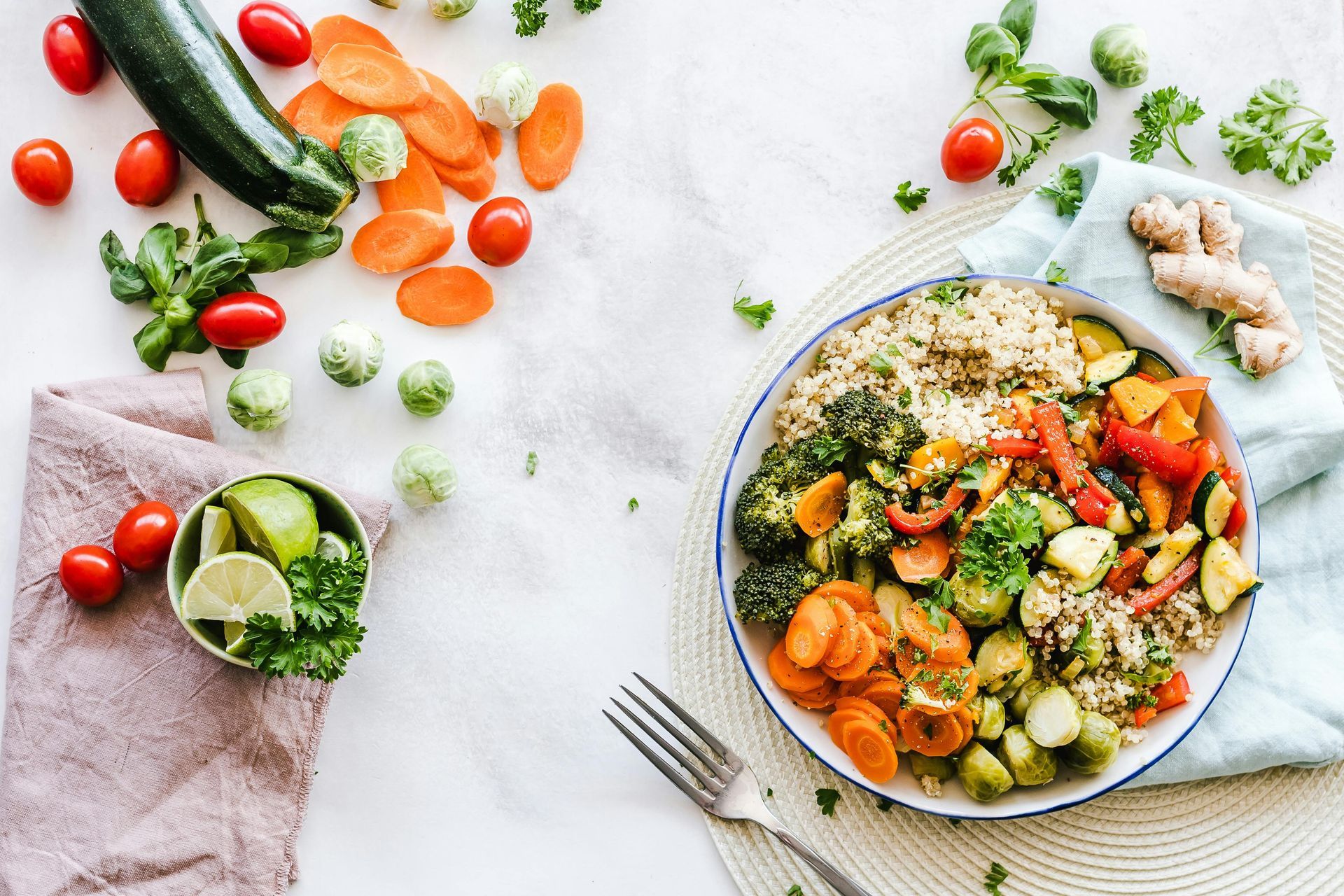
By Caitlin Green
•
October 22, 2024
The goal of Lean Mean Green Health is to work with athletes in order to help them attain their goals as quickly and easily as possible. Not only do my clients’ goals vary broadly, but so do their physical pursuits and passions. I wouldn’t have this any other way - I love working with athletes of all backgrounds, sizes, shapes, and endeavors - but it is also true that a large percentage of my clients come from the CrossFit community. As I have been doing CrossFit since 2009 and coaching CrossFit since early 2010, I feel like I know a lot about the sport, as well as about the athletes who participate in it. Unlike a lot of people (I believe the technical term for them is “haters”) , I am a believer in the CrossFit methodology for both competitive and non-competitive athletes. This being said, I believe that CrossFit athletes who make time for supplemental sports and activities see the greatest success, both in performance and longevity. I have listed some of the most beneficial activities, and my reasons for recommending them, below. Please keep in mind that I have intentionally excluded any sport that is inherently included in CrossFit, such as weightlifting or gymnastics. This decision is due to the fact that those sports are included, at least to some degree, in any decent CrossFit program. Swimming. Now I know a lot of you are thinking that swimming is in fact included in the highest levels of CrossFit competition (The Games, for example), and you’re right. It is not, however, included in the every-day CrossFitter’s programming, nor in most lower levels of competition. So much of what we do in CrossFit is relatively high-impact, and swimming is almost the antithesis of high-impact sport. Additionally, most swimming includes shoulder range-of-motion that is unique in its degree and its repetition, and we all know that most CrossFit athletes need help with shoulder mobility. Lastly, swimming can be a great tool for practicing and training helpful breathing techniques, such as hypoxic training. Hiking / Trail Running. It’s really not particularly important if one chooses to hike a trail or run it, at least not for the purposes of this blog. While running trails is a great option and a great workout, the physical strain is only one very small part of why I suggest this activity to my CrossFit athletes. Most importantly, being out on a trail gets us out of the gym, out of the house, out of the garage, and out in nature where our brains and bodies are still wired to live. Doing nature-based physical activity lowers stress and anxiety, gets sunlight on our skin and vitamin D in our bodies, and helps get us out of our heads. Furthermore, the varied terrain will help to ensure your body works a much greater range of muscle groups, not just in your legs but also in your core, ankles, and feet. Yoga. This is the one that I’m sure you all knew was coming, but there’s a reason for that. When it comes to CrossFit athletes, the benefits of yoga are mostly seen in its focus on flexibility and breathing. While I do appreciate that a regular week of CrossFit takes a body through a huge variety of movement and ranges of motion, there is an added benefit to going through ranges of motion in a slow and deliberate way, and even holding these ranges of motion for long periods of time. Additionally, yoga offers an opportunity to focus on the quality and speed of breathing that is rarely - if ever - discussed or worked in a CrossFit setting. I challenge you to pick one of these activities, and to do it at least once per week. Maybe that means a weekly hike or trail run, or swapping a CrossFit class for a session in the pool, or doing yoga in a studio or at home with YouTube. Maybe you will even find it enjoyable and beneficial to make time for all three. Whatever you choose, try to pick something that adds to your physical abilities - flexibility, breathing, balance, etc - and also brings joy to your fitness routine.
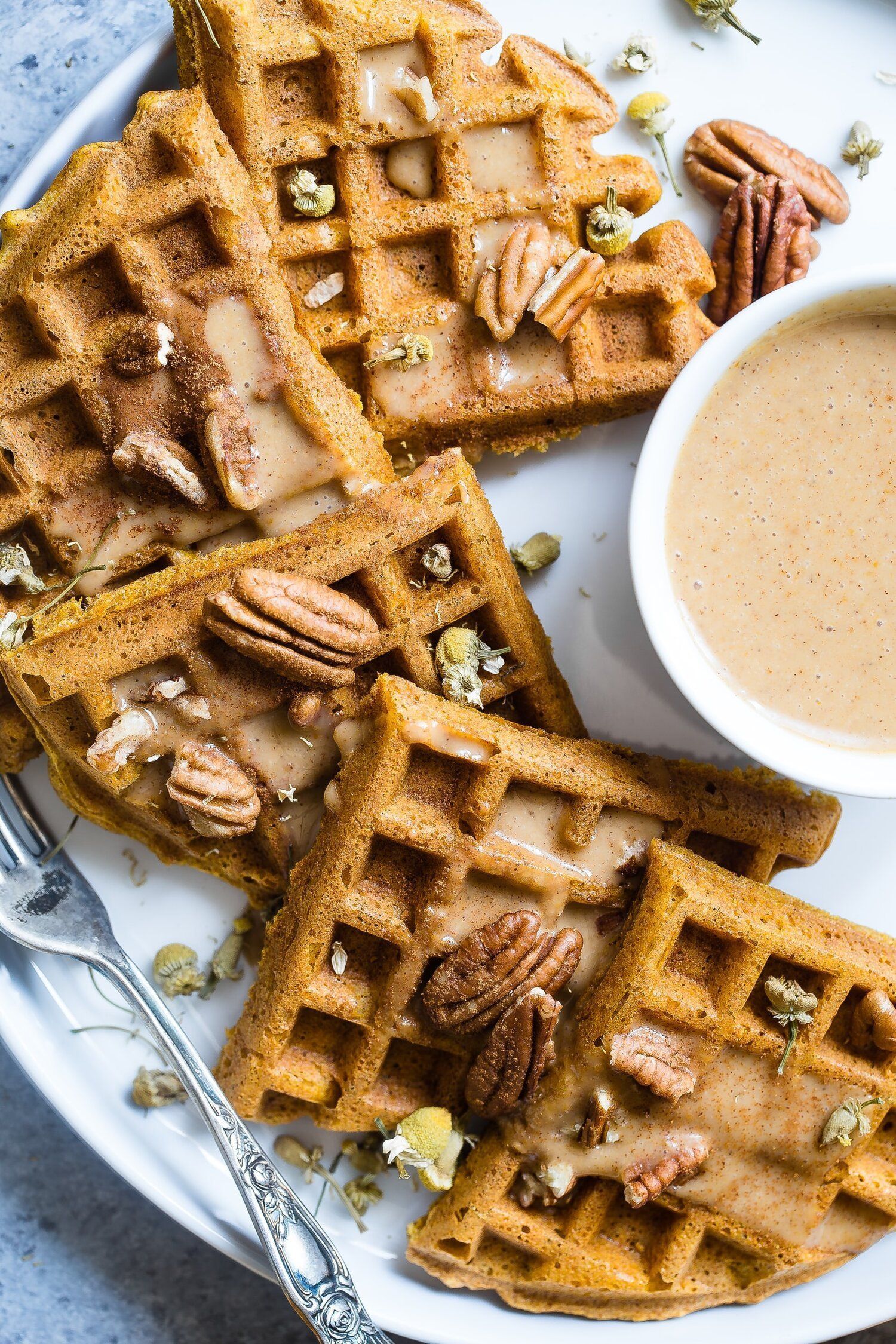
By Caitlin Green
•
October 5, 2024
If you’ve worked with me on your nutrition, then you already know I encourage all of my clients to go gluten-free. If you haven’t already worked with me, enjoy your free and potentially life altering tip of the day (in case you find yourself wondering, gift cards from lululemon, Target, and Amazon are some of my favorite ways to receive thank-you’s). When I tell people to go gluten-free, the response I often get is the very reasonable question, “why?” This blog is going to cover some of the main reasons why I strongly encourage all of my clients to give up the gluten. To start simply, I find that most of the foods that get my clients away from their nutritional goals, whether they be macronutrient related, nutrition related, or both, contain gluten. Pizza, sugary cereals, waffles, chicken tenders, cupcakes, the list goes on. I find that if I can get my clients on the gluten-free bandwagon, most of these unhealthy foods naturally come out of the equation. Yes, nowadays there are endless gluten-free options for breakfast desserts (pancakes, waffles, doughnuts, muffins, etc), high-calorie and low-nutrition meals, and desserts, but they are more difficult and generally more expensive to come by. I know this particular plan isn’t foolproof when it stands alone, but this is by no means my only reason for asking clients to ditch the gluten. Another reason has to do with Non Celiac Gluten Sensitivity. The statistics show that about 1% of the population worldwide has Celiac Disease (an immune reaction to eating gluten), but as many as 30% of the population may be sensitive to gluten. This sensitivity, known as Non Celiac Gluten Sensitivity, can relate to any number of problems, most of which can be life-altering and even life-ending. These problems include dementia, ADHD, various skin disorders, joint pain, neuropathy, headaches, depression, and more. If the above 30% statistic still isn’t enough to make you think about dropping gluten, I’d like to introduce you to Zonulin. Research that has been coming out since the year 2000 shows it is likely that 100% of humans activate zonulin when exposed to gluten. Zonulin is an inflammatory protein that helps regulate leakiness in the gut by opening and closing the spaces (called “junctions") between cells in the lining of the digestive tract. What is important to note is that zonulin is triggered by harmful pathogens, and offers important protection to the body. For example, if you accidentally eat food contaminated with salmonella, you rely on zonulin to help trigger diarrhea and flush out the bugs. Once the pathogen is gone (in this example, the salmonella), zonulin levels drop and the junctions close. Are you still wondering, “so what?” With research that shows that no human can fully digest gluten, and with research that shows that all humans activate some level of zonulin when exposed to gluten, it paints a picture that seems to say that the human body wants to reject gluten, although the degree to which a body does this seems to vary from person to person. In addition to this observation, consistent intestinal permeability can lead to many other issues in the short and long term. The last thing I will address is a common quip I get from clients and peers alike. The argument usually starts with “back in my day” and involves the word “snowflake.” The bottom line of the argument seems to be that people used to be able to eat gluten no problem, and this is all just a bunch of crap. And this observation isn’t completely wrong. It is true that the number of people who are sensitive to gluten has increased dramatically in recent years. It is also true that there are several reasons why this is happening. The ability of the immune system to recognize friend or foe, as far as proteins are concerned, is regulated by the balance of bacteria that live within our intestines (this is known as our microbiome). With the overuse of antibiotics and other medications like anti-inflammatories, the regulation of our gut-related immune system can be compromised. This compromise can lead to excessive reactions to what might otherwise have been a harmless protein like gluten. In addition, the genetic modification and hybridization of wheat has greatly increased the amount of gluten found in wheat-derived products (as well as barley and rye). These changes further overwhelm the immune system’s ability to respond in a normal fashion when exposed to these products. Are you still with me? Are you awake? Do you know more than you ever cared to know about gluten? Honestly, if you skimmed this post I don’t blame you. As long as you stop eating gluten. If you don’t believe my science is sound, that’s fine (although, to be clear, it is). As long as you stop eating gluten. At the end of the day, I have no hidden agenda here, and there’s no compelling argument against trying a gluten-free diet for at least a month. My only goal here is to get you healthier, and if you choose to buy me a lululemon gift card in the process then so be it.
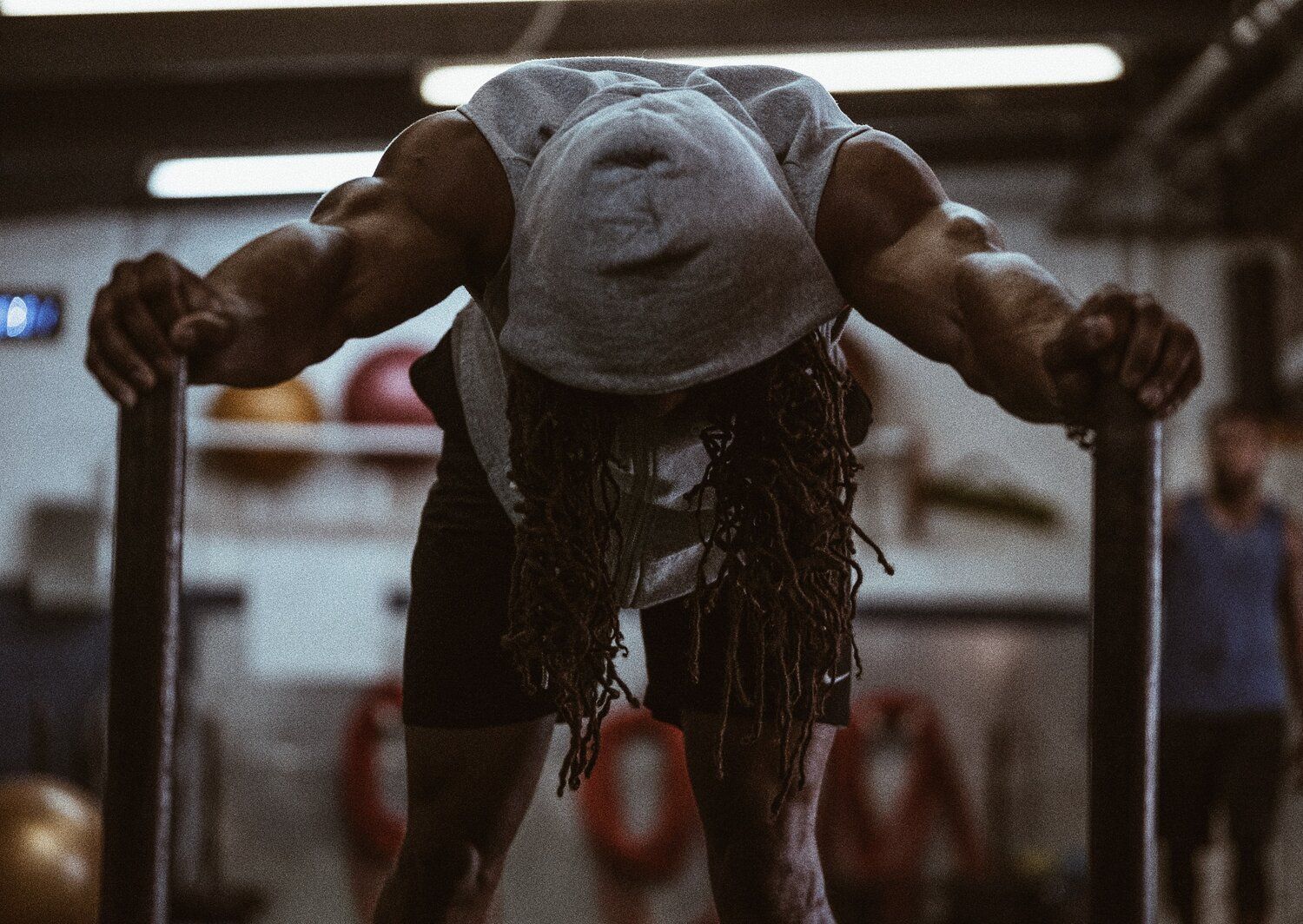
By Caitlin Green
•
October 5, 2024
This is our third and final blog on combating mental burnout - we’re almost there team! So far I have explained the importance of community, as well as the importance of competition and specific, time-sensitive goals. This third article is more personal and “you-centered” than the other two, and because of this it is perhaps the most important of all. Here is your third step to combating mental burnout: Find your Why. This is something I frequently say to my clients, whether we work together on athletics, nutrition, health coaching, or any combination of these. “What is your Why?” Unfortunately, this question is not nearly as simple as it seems, and the answer can often prove to be difficult to uncover. When I ask you why you’re doing your sport or physical passion (Why do you do CrossFit? Why are you an Ironman? Why do you lift weights for an hour every day?), I don’t want your first answer. I don’t even really want your second answer. Usually the truth, your actual Why, lies much deeper than that. It’s in your fourth or your fifth “Why” and perhaps even beyond. Let me give you an example in the hopes that this starts to make sense. I once had a health coaching client, who we will call Sally. Sally told me that one of her goals was to go to CrossFit five times per week. I asked her why, and she said she wanted to lose weight. “Why do you want to lose weight?” She responded that it was because she wanted to look better. “Why do you want to look better?” She wanted to look better because she felt ugly and fat all of the time. “Why do you feel ugly and fat all of the time?” I asked Sally “why?” probably 10 or 12 times. I won’t take you through the entire conversation, but in the end it came to light that Sally’s husband wasn’t interested in her physically anymore. This was it. This was her Why. Everything else was just the reasons Sally gave herself and others to cover her Why. The more comfortable truths, but not The Truth. Although in this case Sally’s Why was a particularly difficult truth, it was her real underlying cause and motivation. Helping Sally with her motivation to go to the gym (all other personal issues that we worked on aside) looked a lot different when we knew her true motivation for going. If when she felt mental burnout we simply acknowledged that she “wanted to lose weight” it wouldn’t have taken her back to the true spark which lit her fire in the first place. There is a difference between why you do things, and The Why. There is a difference behind something that is true, and The Truth. So - I want you to ask yourself “Why?” Then ask again. Then do it again and again and as many times as it takes to reach your most honest reality. Once you have that, if and when you start to feel mentally burned out, you will much more easily find your spark again. Remember team - everyone stumbles in their pursuit of their physical passions, even if they won’t admit it. But it’s the getting back up, the continuing of the pursuit, that will separate you from the pack.
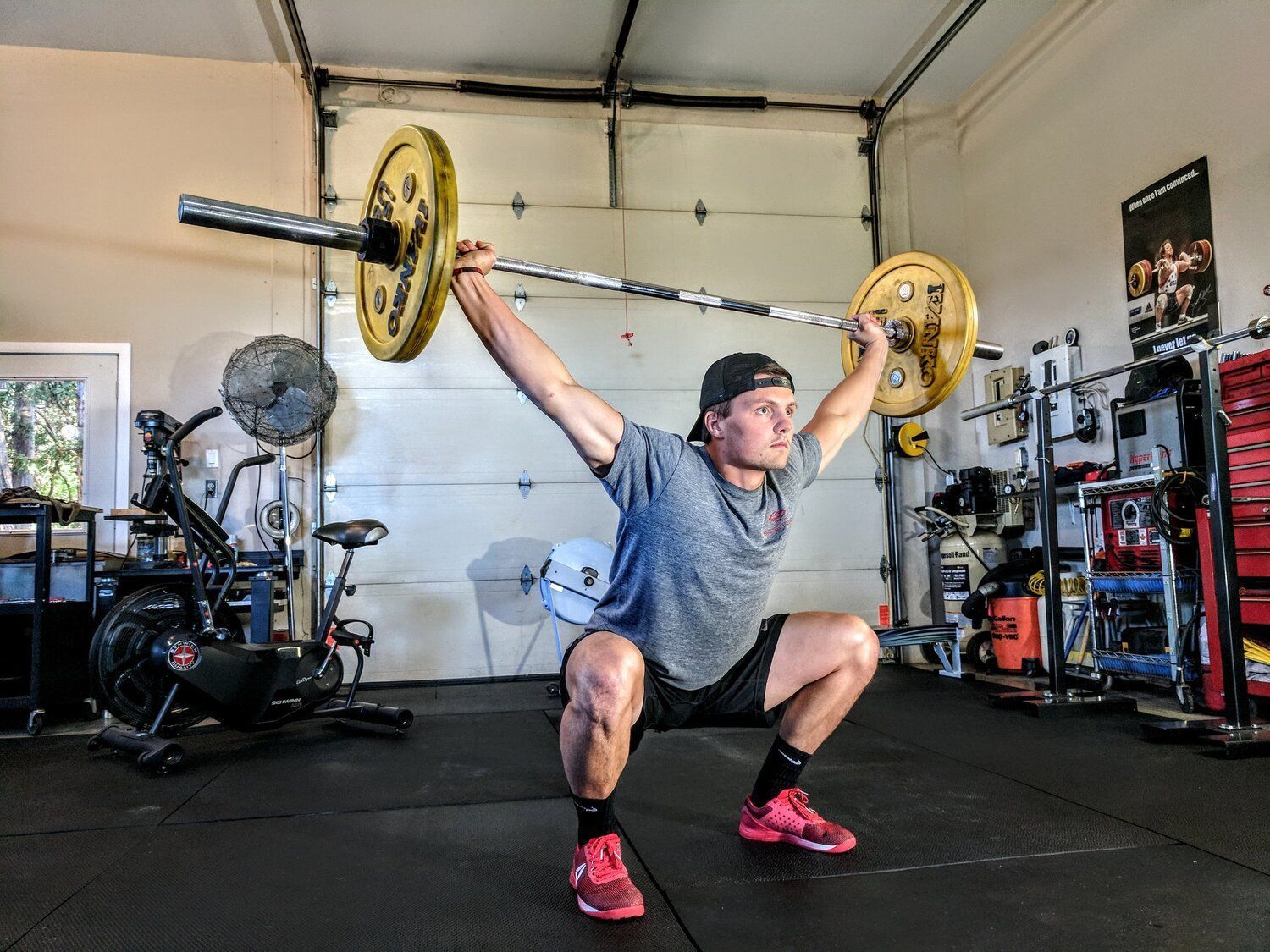
By Caitlin Green
•
October 5, 2024
We are now into our second blog addressing how to combat mental burnout, and how to avoid getting mental burnout in the first place. Last time I discussed the importance of getting a community. This time I will address the importance of having a time-sensitive goal related to your training. Today my advice is concrete and simple (note, simple does not necessarily mean easy): Sign up for two events. Yep, you read that right - sign up for not one, but two events. First I want you to sign up for one competition that is relatively soon, ideally within the next three months. Then I want you to sign up for another competition that is further down the line, but ideally still within the next twelve months. The purpose of the first competition is to light a fire under your butt and bring back some intensity and purpose to your training. The second competition is to help keep that fire lit, in order to preemptively combat mental burnout before it starts. From there, every time you complete a competition or an event, sign up for another one that is set to take place within the next year. While it is not a good idea to compete all of the time (this will simply swap physical burnout for mental burnout), it’s an excellent idea to always have one or two things on the horizon to motivate your training. I know that not all of you have a physical passion that is related to a competitive sport. Some of you practice yoga, some of you do pilates, some of you take F45 or other similar classes. This rule still applies to you! If you do yoga, pick a challenging pose or flow that you don’t have down yet, and commit to a date by which you will have it. If you do pilates, pick a specific goal - the amount of time you can hold a pose, or your flexibility in a certain position - and again commit to a date by which you will have it. If you do F45, commit to a certain number of classes within a specific timeframe, or pick a competition which will showcase your improving fitness - a 5k run or a sprint triathlon, for example. This advice can be tied to any physical activity, as long as you have these three things: You need a challenging but attainable goal, a commitment date, and other people who are aware of your challenge and will hold you accountable to it. The accountability is hugely important, so don’t skip this part! These people can be your yoga instructors, your classmates, or anyone else who has an understanding of the physical challenge you are setting for yourself. I would be remiss if I didn’t include that yes, I know we’re still living in COVID times. But one good thing that’s come out of this pandemic is that people are getting creative with how to compete. If you’re not comfortable competing in person, sign up for virtual competitions instead. This can be anything - a CrossFit competition, a 10k, a yoga challenge, a weightlifting competition, you name it. Pick your poison and commit. Lastly, if you want my advice - which I’m hoping you do if you’re reading this - don’t buy the cancellation insurance. Really commit. Burn the ships.

By Caitlin Green
•
October 5, 2024
It’s that time of year again. You know the one I’m talking about. It’s cold, and it has been for months. You can’t remember the last time you saw blue sky instead of grey clouds. Daylight seems to last for about twelve minutes, and you feel like you might develop a case of adult rickets if you don’t get some sun on your skin soon. Have I mentioned there’s a pandemic going on? And on top of all of this, you’re supposed to dig into some secret reserve tank (because your reserve tank emptied out weeks ago) and find the motivation to get a workout in? It seems impossible. I know, I get it, I’ve been there, I am there. While there’s not much we can do about some of the factors listed above, there are a few things you can do to help combat your mental burnout, now and any other time of the year.
Get Started On Your Fitness Journey
Reserve your free trial today! Explore the gym, connect with our team, talk about your fitness aspirations, and begin your journey—no pressure, no fees, no obligations.
Location
13686 North Meridian Street, Carmel, Indiana 46032, United States
Hours
- Mon - Thu
- -
- Friday
- -
- Saturday
- -
- Sunday
- -

